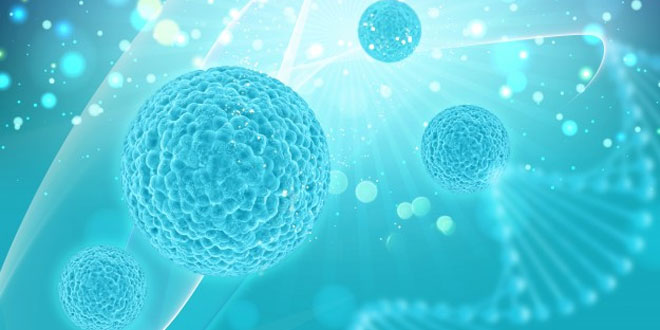Question: Why plant have an extra cell wall?
Answer: Plant cells are openly exposed to the environment. They need to protected against the extremes and variations of the environment e.g. change in temperature, moisture etc. The cell wall gives them protection from these agents, so the need to be protected has been fulfilled in plants by a rigid protective cell wall.
Question: What is nucleolus?
Answer: Nucleolus is a small spherical dense body present in the nucleus. It is only visible with a microscope of higher magnification.
Question: What are the Prokaryotes and Eukaryotes?
Answer: Cells having a well designed nuclear membrane to contain the chromosomes are called Eukaryotic cells and the organisms with such cells are called Eukaryotes. Organisms with cells which do not have well designed nuclear membrane are called prokaryotes.
Question: What are chloroplasts?
Answer: Green coloured plastids are called chloroplasts. They contain green coloured pigment called chlorophyll. These green pigments give green colour to the leaves. Chlorophyll is necessary for the process of photosynthesis.
Question: How do you differentiate protoplasm from cytoplasm?
Answer: Protoplasm: The cytoplasm surrounded by the cell membrane and enclosing the nucleus together constitute the protoplasm. In other words the cell membrane, the cytoplasm and the nucleus constitute protoplasm.
Cytoplasm: It is jelly like substance occupied most of the inside of the cell. It occupies the space between the cell membrane and the nucleus. All the life functions take place in the cytoplasm. It contains many important tiny structures called the organelles, which performs the various life functions.
Question: Write a short note on nucleus.
Answer: Nucleus is called the brain of a cell. It is situated with cytoplasm. It is small in size and spherical in shape. It also has a liquid protoplasm in it. It is called nucleoplasm. The nucleoplasm is surrounded by a thin nuclear membrane. The nucleoplasm and the cytoplasm together form the protoplasm. The nucleus controls all the functions of a cell. it directs the functions related to the growth and working of organelles going on in cell. Nucleus contains the genetic materials of the cell. They are long thread like structures called chromosomes. Chromosomes contain all the genetic information and pass it further to the offspring during reproduction. Carbon, oxygen, nitrogen and hydrogen form the constituents of the protoplasm.
 Class Notes NCERT Solutions for CBSE Students
Class Notes NCERT Solutions for CBSE Students


